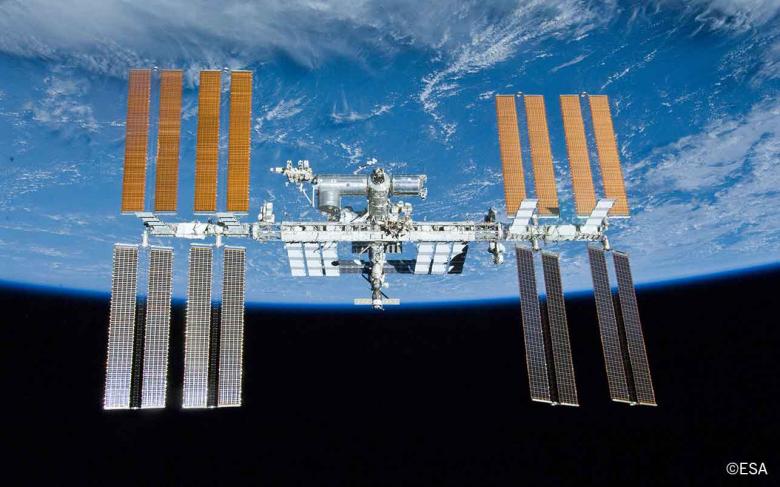www.magazine-industry-usa.com
26
'18
Written on Modified on
20th anniversary of the International Space Station, an orbital complex with SENER equipment
Today, 20 years have passed since the first module of the International Space Station (ISS) was put into orbit, a joint work of five space agencies, in which SENER has participated - and still participates - with several equipment and scientific units.

Noteworthy was also the participation in Biolab, the laboratory of biological experiments in Columbus, to which SENER provided several coolers with automatic temperature control and the power electronics of the incubator.
Likewise, SENER developed the flight hardware for the crystallization of proteins, and carried out as well plant development experiments and breeding of Drosophila flies for chromosomal studies.
The experience of SENER in the ISS is also reflected in the work done for the MARES, FixBox and IBDM equipment. MARES (Muscle Atrophy Research and Exercise System) is a scientific device, which has been part until 2018 of the space laboratory and used for the investigation on the effects caused by weightlessness in human muscles.
For this device, SENER was the main contractor and responsible for the project management, the whole system design, every electronic control unit, power and supervision, and the mechanical and structural parts, as well as the software. The MARES system continue to carry out experiments at the ground astronaut centers of DLR in Germany and Roscosmos in Russia.
For its part, FixBox consists of a chemical fixation equipment included in the experiment for the study of plant biology, which aimed to research the seeding growth of Arabidopsis Thaliana and the study of the microgravity and light effects on their development.
More recently, SENER has integrated the European industrial consortium as responsible for the development of the Hard Capture System (HCS), which forms part of IBDM (International Berthing and Docking Mechanism) and will perform both the rigid structural connection and generate a pressurized passage between the two spacecraftss, as well as the service connections and the nominal and emergency separation functions.
The SENER group has been, for more than 50 years, a first level provider of electromechanical components and systems, navigation systems (GNC / AOCS), communications systems, and astronomy and optics for Space, and currently participates in the main programs of the space agencies ESA and NASA (among them, Hubble, Galileo, Rosetta, Gaia, Herschel and Planck, IXV, Proba 3, BepiColombo, Solar Orbiter, JUICE, Euclid or Mars 2020) and the ESO European Space Observatory. The SENER group has positioned itself as a supplier of choice in ESA's science programs, for its engineering contributions.
www.engineeringandconstruction.sener

